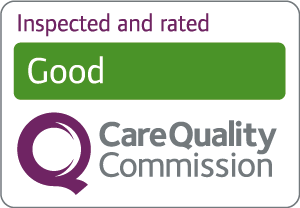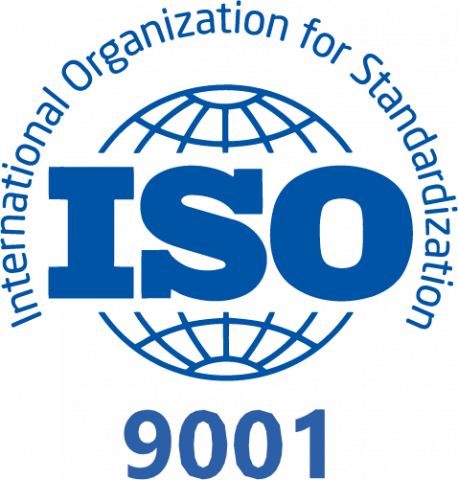
As we join in with the collective ‘oohs and aahs’ while watching the tennis ball zip across Wimbledon Centre Court, Mr W James White, Consultant Shoulder and Elbow Orthopaedic Surgeon at New Victoria Hospital, delves into some of the most common racquet sports shoulder injuries, highlighting their symptoms, risk factors and prevention strategies.
As an avid tennis player, Mr White brings a unique blend of first-hand sporting insight and specialist expertise as a leading Shoulder and Elbow Orthopaedic Consultant. With extensive experience managing the full spectrum of sports-related injuries, he offers practical advice and expert guidance for everyone from enthusiastic amateurs to seasoned professionals.
Why tennis injures shoulders
Tennis and other racquet sports involve frequently raising the arm above shoulder level. This dynamic is also seen in other sports such as swimming and overhead weight training, leading to a similar injury profile. Common tennis shoulder injuries often stem from a combination of repetitive motions, the growing length of rallies, and the overhead nature of serving and volleying. These factors place considerable strain on the shoulder, making it particularly prone to injury.
Common tennis shoulder injuries
- Shoulder superior cuff pain with bursitis: Presents as shoulder impingement, often due to inflammation.
- Rotator cuff tears: May result from trauma or degeneration; these tendons are essential for rotating and lifting the arm.
- Acromioclavicular joint pain: Affects the small joint where the collarbone meets the shoulder blade.
- Labral tears: Involve damage to the cartilage rim of the shoulder socket from falls, dislocations or overuse.
- SLAP injury: A tear affecting the attachment point of one of the biceps tendons at the top (superior aspect) of the shoulder socket, known as the glenoid.
Key symptoms tennis players shouldn't ignore
Many a tennis player knows the familiar twinge after a long day on court – perhaps a sharp twinge during a powerful serve or a dull soreness that makes simple movements unexpectedly challenging. Shoulder pain is one of the most common complaints among tennis enthusiasts, particularly high-level players. However, while such discomfort may be widespread, it should never be dismissed as merely part and parcel of the game – certain warning signs warrant prompt attention.
Pain when lifting or rotating the arm
Known as mid-arc pain, may signal tendinitis, bursitis or a cuff tear. Pain when putting on a jacket or fastening a seatbelt is common.
Pain during serves and volleys
Often stems from the AC joint, especially when the arm is fully raised. Night pain and post-exercise ache are tell-tale signs.
Loss of power and weakness
This can be a sign of a rotator cuff tear, particularly if it follows an on-court tumble, and should be promptly investigated by a specialist.
Shoulder grinding and catching
These can be signs of a previous injury or pathology more internal to the shoulder, which has been exacerbated by tennis. For correct diagnosis, MRI is often required in addition to X-rays and ultrasound.
Reduced range of motion
This can be associated with many of the diagnoses, resulting either due to pain inhibition or shoulder capsulitis (frozen shoulder).
Tennis shoulder injuries risk factors: what you can and can’t control
The likelihood of sustaining an injury in tennis depends on a blend of personal habits and inherent factors – some within your control, others not. Research highlights overuse as the leading cause of tennis injuries, with the shoulder being one of the most vulnerable areas. Age and a history of previous injuries further increase the risk, whether you are a seasoned competitor or a weekend enthusiast. By recognising which risk factors are modifiable or not, you can take practical steps to protect your health and prolong your enjoyment of the game.
Modifiable risk factors include:
Overuse: We often see an increase of injuries in patients going from no tennis all winter to a sudden flurry of activity. As with all sports, pace yourself and gradually build fitness and reduce intensity if symptoms arise. Consider serve-free practice sessions to reduce stress.
Muscular imbalance: Preceding poor shoulder and scapulothoracic control can predispose to injury. Physiotherapy can help restore balanced movement.
- Incorrect technique: Proper grip, posture and form matter. Qualified coaching can enhance resilience and performance.
Non-modifiable risk factors include:
- Age: Tennis is a fantastic game, and many patients can play well into their 80s and 90s, even after shoulder replacement surgery. However, it is essential to adjust to changes in speed, balance, and frequency of sessions as you age.
- Previous shoulder injury and surgery: Always consult a specialist before returning to play post-injury or operation. Recovery timing and rehab goals must be met first, before going for that 130mph serve.
Stay in the game: strategies for preventing tennis shoulder injuries
Looking to stay injury-free and enjoy your best tennis all season long? A few simple habits can make a world of difference. By focusing on technique, preparation, and recovery, you can protect your shoulders and keep your game at its peak.
- Warm up thoroughly: Take time to mobilise your shoulders and gradually increase intensity before you start playing.
- Listen to your body: If you’re feeling sore or fatigued, rest is essential. Avoid pushing through pain and allow time for recovery before returning to full activity.
- Use pain relief wisely: Painkillers may be required, including anti-inflammatory medications to reduce inflammation, but they should be used as part of a broader recovery plan.
- Include physiotherapy: A physiotherapist can identify muscular imbalances and design a tailored rehabilitation programme to restore strength and stability.
- Build shoulder strength: Strengthen shoulder girdle muscles with targeted exercises to improve stability and prevent injury.
- Check your technique and equipment: Tennis coaching can refine your grip, posture and swing, while equipment review ensures your racquet and strings suit your needs.
Despite your best efforts, tennis shoulder injuries can still happen – whether a slip across the baseline, an Alcaraz-esque dive across the court, or simply too many games. The important thing is to seek timely and appropriate advice from an orthopaedic shoulder specialist to catch the condition in its initial stages, preventing the need for surgical intervention. A thorough consultation, including medical history review and examination, alongside imaging, typically MRI, can pinpoint the issue.
Where surgery is required, modern arthroscopic (keyhole) techniques allow for faster recovery and a quicker return to the game you love.
FAQs
How can I prevent shoulder injuries when playing tennis?
Warm up thoroughly, build shoulder strength, use correct technique, and avoid overuse by pacing your practice sessions.
When should I see a specialist for shoulder pain from tennis?
You should consult a specialist if you experience persistent pain, weakness, or reduced range of motion, especially after serving or overhead strokes.
Can I return to playing tennis after a shoulder injury?
Yes, with proper treatment and rehabilitation. Most patients return to playing after physiotherapy or keyhole surgery, depending on the injury.
Where can I get treatment for tennis shoulder injuries in London?
New Victoria Hospital offers specialist treatment for tennis shoulder injuries with expert orthopaedic consultants.
Need expert advice? For specialist guidance and treatment options tailored to your condition, please book an appointment with our Upper Limb Orthopaedic Surgeons by calling 020 8949 9020 or filling in our online form:












